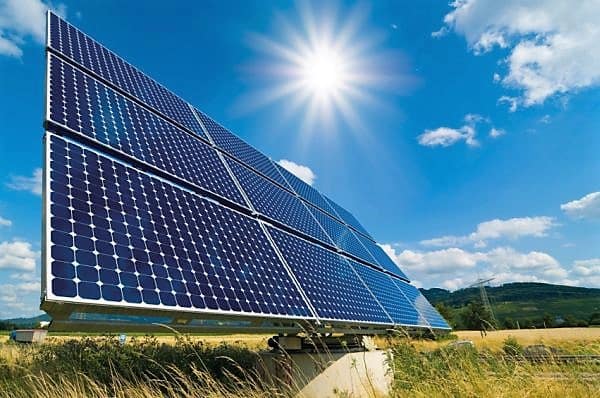Summer Solstice Shows There’s No Such Thing as “Too Much” Solar Energy
Wednesday, Jun 21 2017

As a massive heat wave sweeps across California, coinciding with the Summer Solstice, the longest day of the year, a perhaps unlikely force is keeping Californians cool: the sun.
California’s grid operator just released new data showing that solar energy accounted for a record 9,914 megawatts, or 32 percent of the state’s total power supply, on Jun. 17. This record came just as temperatures began what could be a record stretch of triple digit days. And the timing is welcome as the state’s grid operator is using all resources at its disposal to keep the lights on as the heat cranks up.
The scramble for power generation is a big change from this spring when the concern was “excess” electricity. Record snow and rainfall has led to ample hydro-electric generation from the state’s dams for the first time in years just as solar and wind energy production hit new heights.
On some low electricity demand days earlier this year, solar and wind generators reduced their generation due to the excess electricity on the grid. This led some to question whether there was too much solar on the system. Absolutely not. We’ll need much more solar to meet our carbon goals and keep the lights on.
Aliso Canyon, a natural gas storage facility outside of Los Angeles, offers a case in point for how solar (and storage) are helping meet the challenges of record-setting heat, while reducing pollution. Aliso Canyon had a massive leak in late 2015, forcing the evacuation of more than 8,000 households and the governor to declare a state of emergency. The facility still isn’t operating. As a result, power plants in the area can’t rely on that source of natural gas during the heat wave.
In the face of the Aliso Canyon challenge, solar and storage have filled the gap. Statewide natural gas is down to a five year low due to this year’s solar and hydro generation. At the same time, Southern California Edison and San Diego Gas & Electric procured record amounts of storage in response to the crisis. Today, California is on track to exceed its goal of installing 1.2 megawatts of energy storage in 2017. This is just one example of how California is adapting to meet consumers’ energy needs, and why the grid needs a diverse set of energy sources.
We’re just getting started. We’ve seen the benefits of the solar built to date, which, in 2016, generated 13 percent of the state’s electricity, and storage has clearly come of age, but we need far more renewable energy generation to reach the state’s climate goals. By 2030, the state must attain approximately 60 percent of electricity sales from renewable energy.
California is implementing a number of strategies to reach these goals, while ensuring its grid remains reliable, and further integrating solar into its energy mix. It’s making its existing fossil generation fleet more flexible and responsive, electrifying other sectors like transportation, integrating its grid with western neighbors, and promoting energy storage. But even with today’s technologies, the grid can handle much higher levels of solar, and the higher the penetration, the more benefits to consumers and the grid itself.
As electricity demand peaks this week to what some utilities predict may be record levels, solar has already proven to be a critical force in making the grid more reliable and resilient. Now is the time to accelerate solar’s already rapid growth and bring its benefits to even more people.